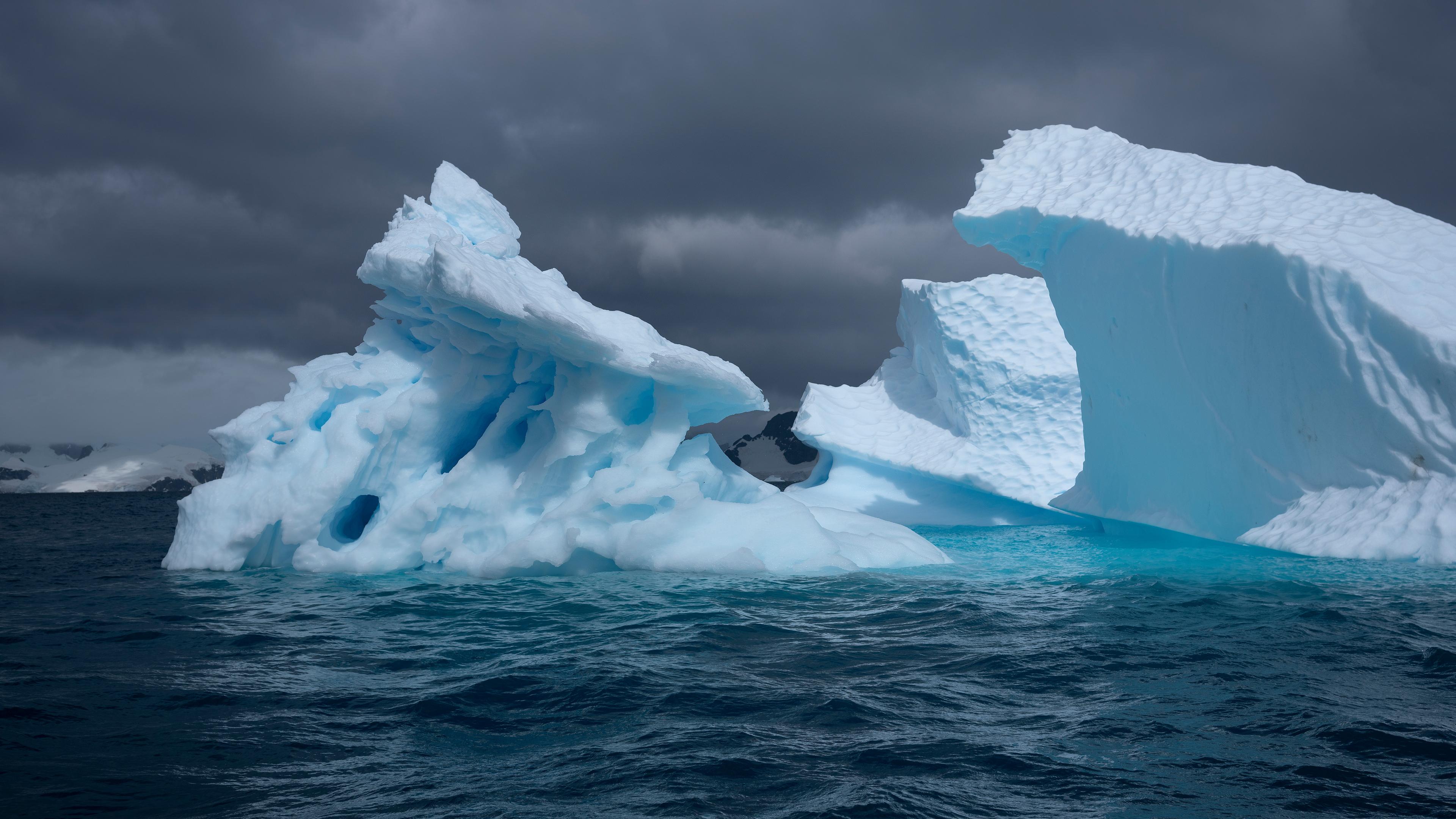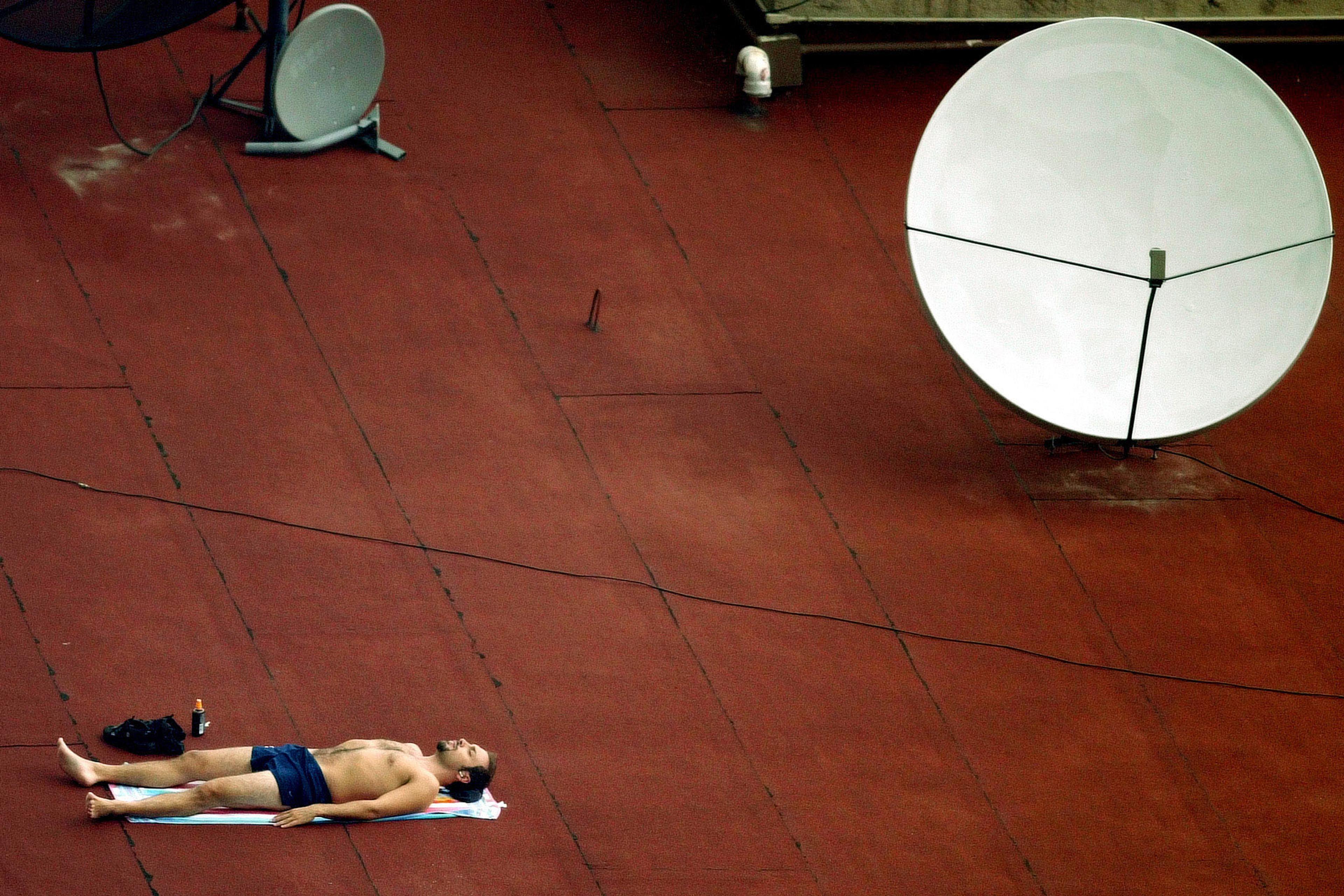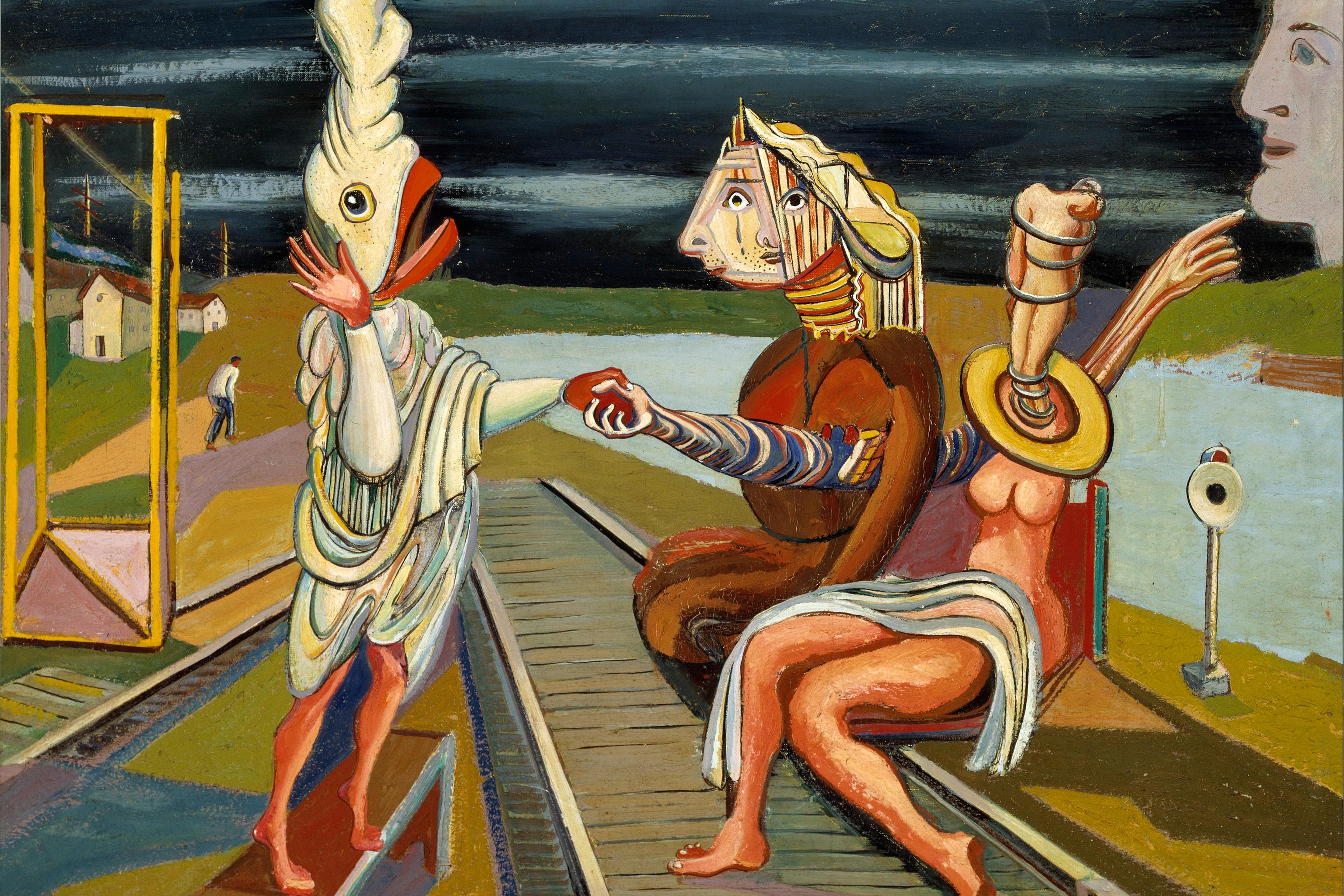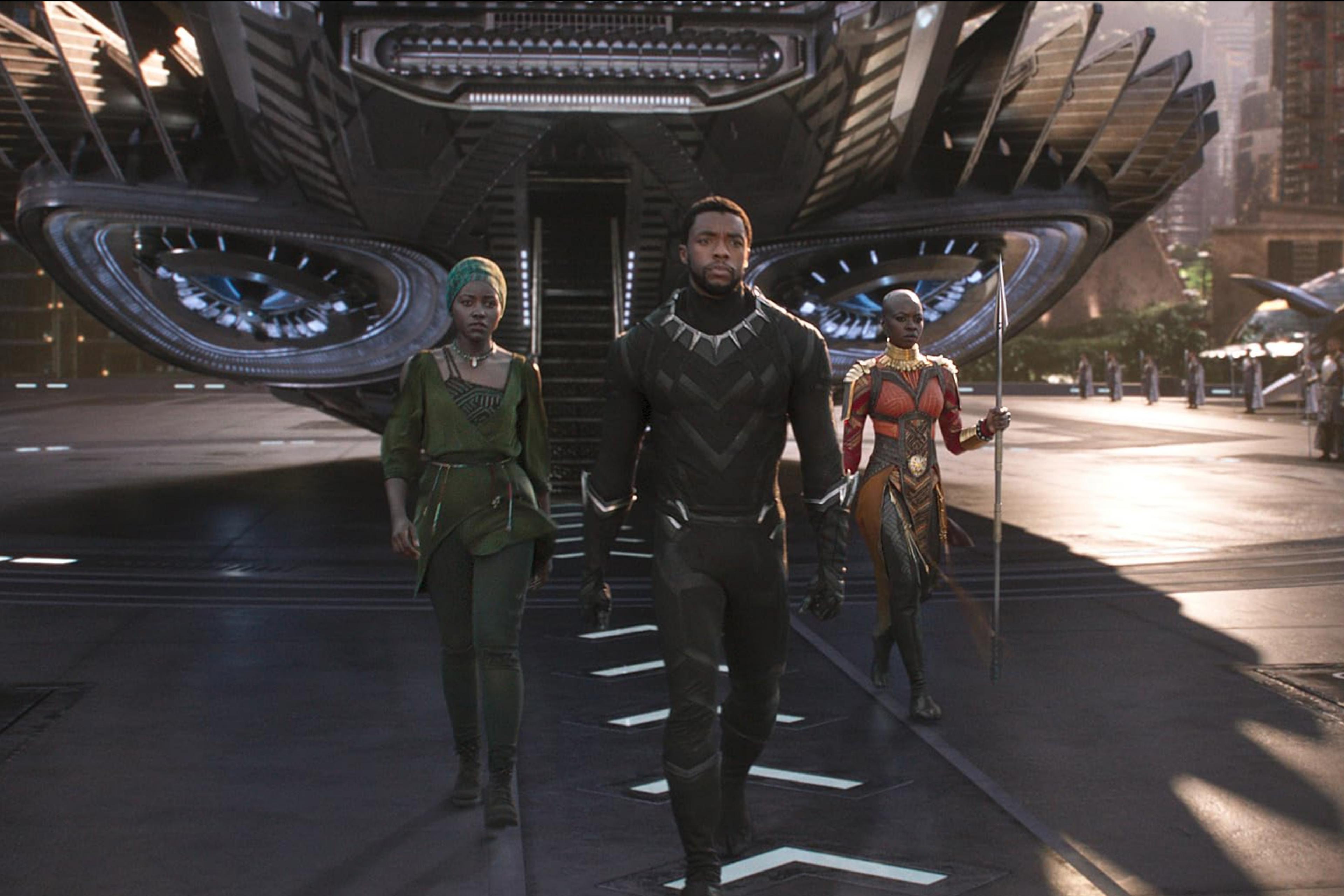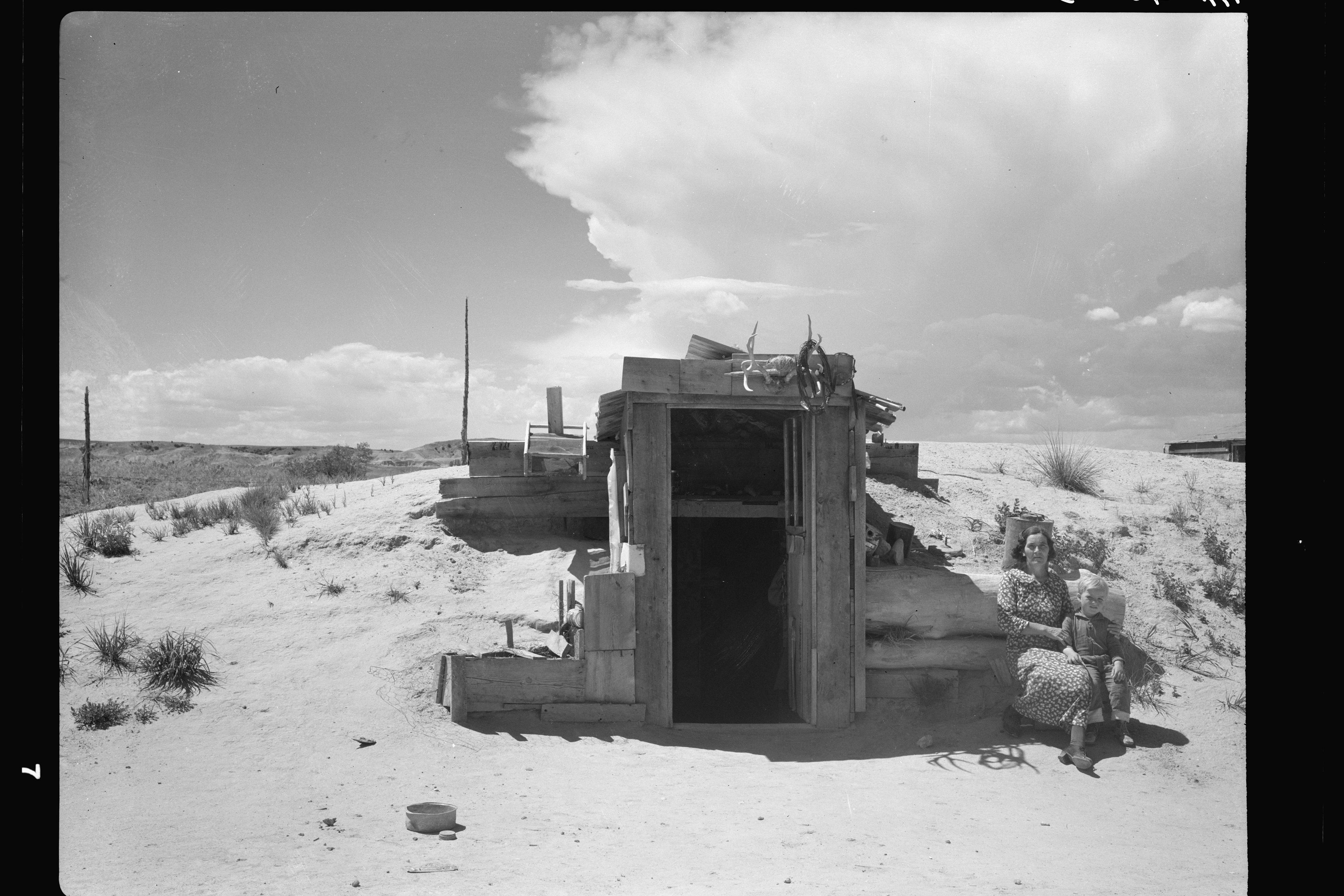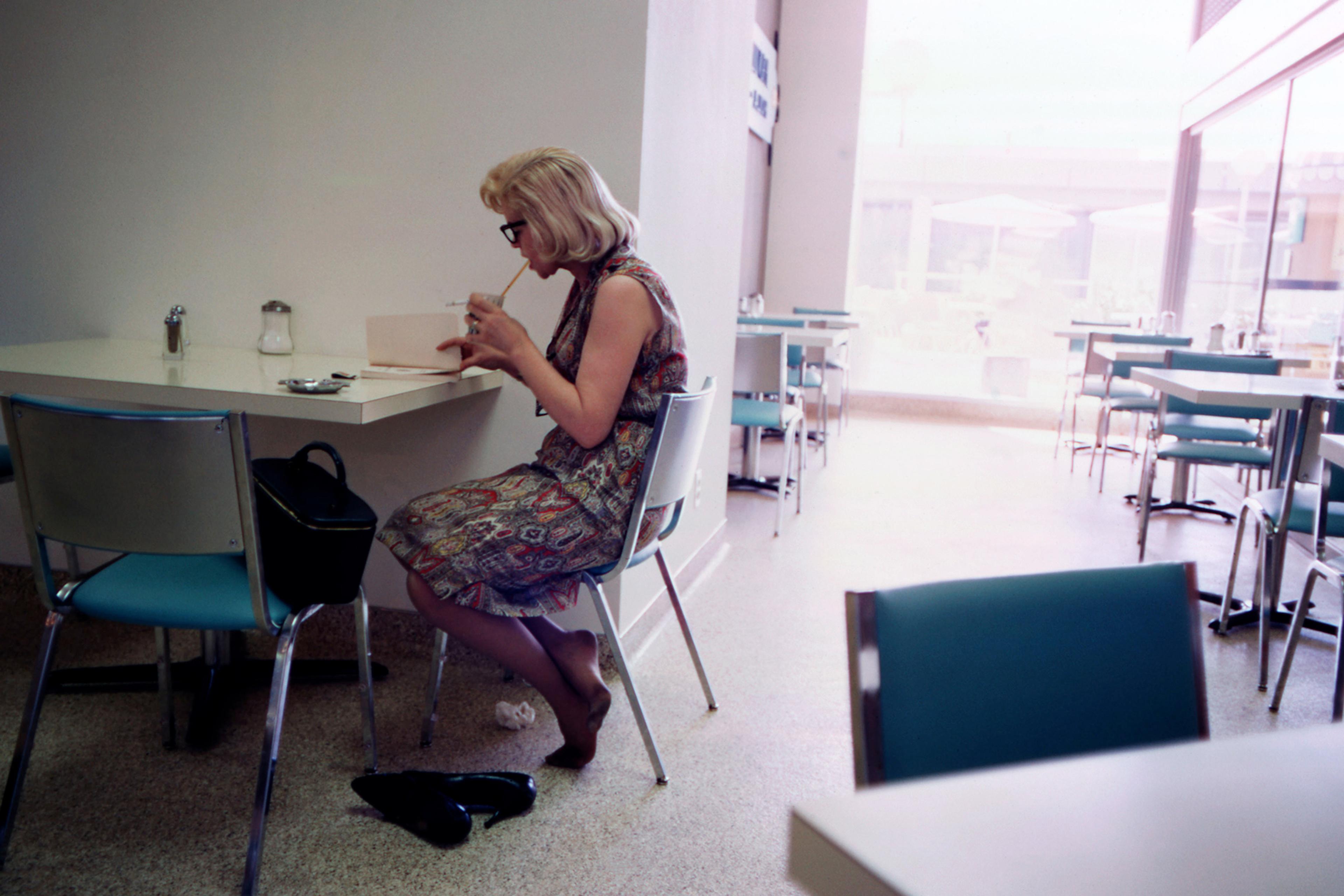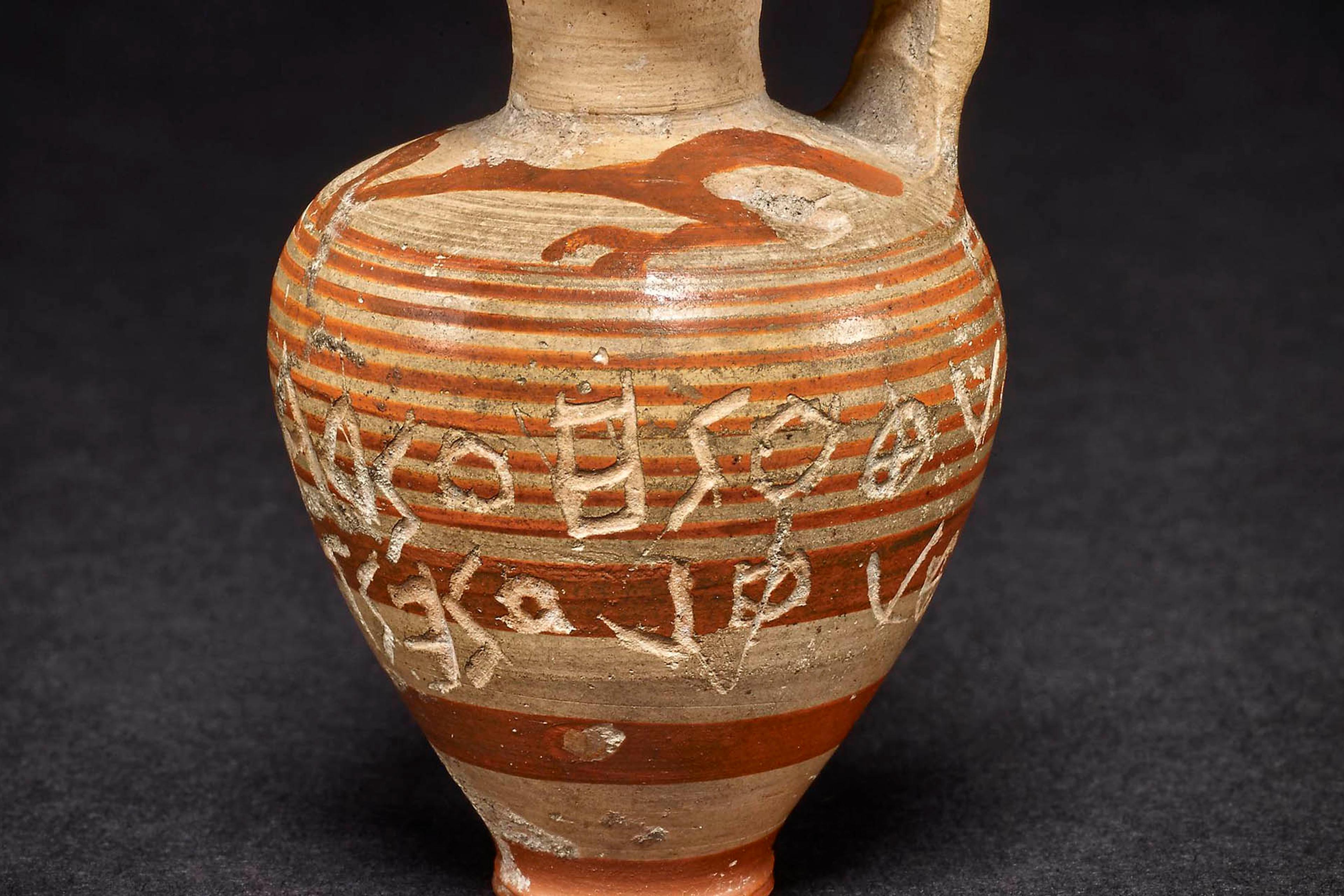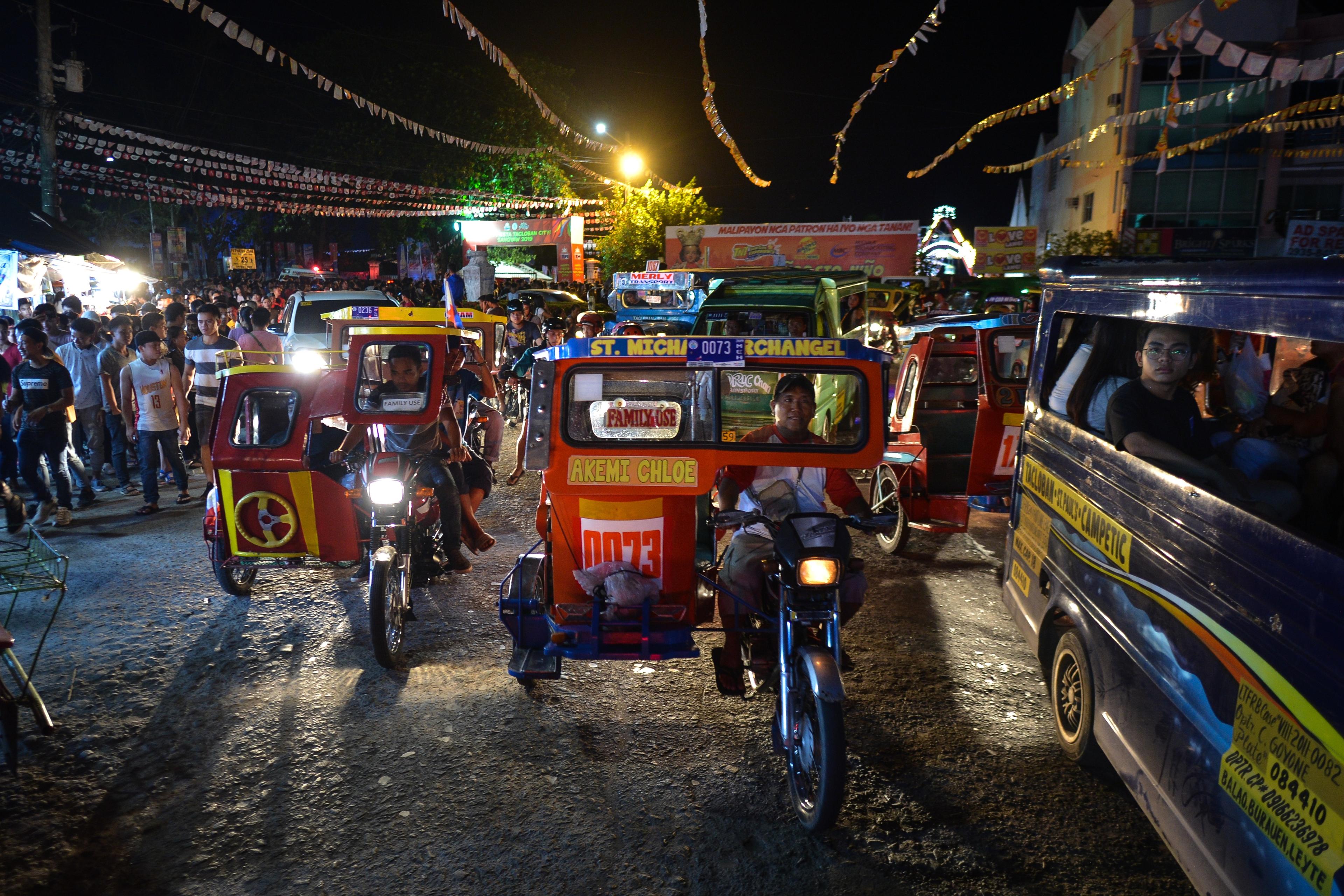Crystals blow through the air, gusts screech around rocks, icebergs glow under mirror-still, inky seawater. This week I’m sailing the Northwest Passage, learning about weather patterns and Arctic fauna. Last week I toured the Kobe City Museum in Japan and pushed my nose so close to Tō Yōkoku’s Cat with Hydrangea (1782-83) that I could see its gleaming, hair-wisp brushstrokes.
I’ve made these trips, and many more, from my armchair. There are immense advantages to this kind of travel. You don’t get cold, or wet, or sick. Museums and galleries are open 24/7. You don’t need vaccinations or malaria pills. You can travel for free – or at least, for less than the cost of a local train ticket. A 17th-century writer once described a ‘traveller’ as ‘weary, sweating, painful, flitting, houseless, … trudging’. In contrast, I describe an ‘armchair traveller’ as well-rested, clean, comfortable, feet-up, cushion-ensconced, popcorn-eating.
Armchair travel through books has a long history. Socrates claimed he could learn more about the world by reading, than by travelling. ‘You can lead me all over Attica or anywhere else,’ he said, ‘simply by waving in front of me the leaves of a book.’ Immanuel Kant, voracious reader of travelogues, said he didn’t have time to travel – because he wanted to know so much about so many countries. But is reading a book really the same as exploring the world? I say no. It’s not even close. Although reading affords a way of learning about the world, it cannot transmit the richness of sensory experience. Can reading about a glacier convey its cracks or fizzles, the strata of blues at its core? One reason to believe reading isn’t sufficient is that we often rely on metaphors to convey the unfamiliar. George Berkeley compared the volcanic explosions of Mount Vesuvius to ‘that of thunder or cannon’, accompanied by clattering ‘like that of tiles falling from the tops of houses’. John Evelyn compared the loose skin of a rhinoceros to ‘coach leather’, an extra layer like ‘a cloake or horse-cloth’. These comparisons are poetic but misleading: these things are only faintly similar. Vesuvius doesn’t sound like cannons or tiles, rhinoceros hide isn’t a coat.
You might think that even if reading can’t convey the richness of travel, other forms of armchair travel can. My Northwest Passage excursion involved pictures, interactive video that allowed me to move the camera around, and audio recordings of wind. There were even clickable tags displaying information about rocks and plants. And virtual reality can take us even further. VR can generate realistic travel experiences: by donning a headset and gloves, you can enjoy three-dimensional immersion. The first time I tried VR, the almost-real quality of its visuals impressed me. Travel companies have already created VR experiences of Machu Picchu in Peru, and of parts of Rome, and many more are emerging. Today, you wouldn’t yet mistake a VR experience for a real-world one, but that will surely change. In the future, VR experiences might become indistinguishable from in-person experiences. The graphics will become finer, we’ll move our virtual bodies plausibly through the landscape – perhaps they will even add smell and touch. Wouldn’t that allow us to really travel from the armchair?
I still say no. This kind of VR travel would have virtues: it would be easier, cheaper, and – again – no malaria. But despite all this, I argue it cannot replace real-world travel. To make this case, I offer a bastardised version of Frank Jackson’s ‘Mary’ thought experiment. In the original version, a scientist called Mary is an expert on the physical nature of colour, yet studies through a monochrome screen and lives in a black-and-white room. When Mary leaves the room and sees a red rose for the first time, does she learn something new? Jackson argued that Mary would, implying that having all the physical, scientific information about a thing does not mean having all the information about it. There is more to know in the world than the physical, more than tables, rocks and particles.
In my version, Mary is a serious scholar of Japan forced, because of lockdowns, to investigate the country from her armchair. She is an expert on Kyoto, and has studied the city’s geography, history, culture, architecture, literature and weather. Besides reading every book ever published about Kyoto, she’s used a futuristic headset to digitally walk around the city. She’s smelled the local tofu, seen sunlight glint off the Golden Pavilion, heard the nightingale squeaks of floorboards in Nijō Castle. Perhaps Mary has even used an advanced version of the Snowbot, Edward Snowden’s telepresence robot, steering it along tree-lined canals. The robot could allow for a kind of prosthetic seeing, sending complex sensory information to her headset in real time. The Marybot could trundle for miles without tiring, or (if we felt that weariness should be part of travel) we could build aching legs into Mary’s experience. Through these technologies, let’s suppose Mary has gained all the information it’s possible to have about Kyoto. What will happen when Mary is released from lockdown and allowed to visit Kyoto in person? Will she learn something new?
Just as it seems obvious to many readers that Mary-the-scientist will learn something new about redness, it seems obvious to me that Mary-the-traveller will learn something new about Kyoto. This suggests that her previous knowledge of Kyoto was incomplete – but she had all the information. What’s going on? I don’t think it’s possible to learn everything there is to know about a place without having been there. But what information could we be missing? What information is there about a place that’s impossible to get through any other means? I argue the answer lies in phenomenology – our feeling of being.
Talk of how it feels ‘to be’ often pops up regarding consciousness. Thomas Nagel argues that, for an organism to be conscious, there must be ‘something that it is like to be that organism’. For Nagel, the phenomenological features of experience can’t be described, they can only be experienced. This is because our phenomenology, our experience of being, is ‘essentially connected with a single point of view’. I argue something similar is going on with places. We can describe a place in minute detail, but that isn’t the same as being there. There is a way it feels to be in London, and a way it feels to be in New York, that cannot be captured except by visiting that place. London-in-itself offers a different point of view than London-from-your-living-room. Mary can know everything there is to know about Kyoto, except how it feels to be there. And this is what armchair travel lacks – a particular experience of being. It’s the difference between having a detailed knowledge of ‘red’ and seeing a rose.
Even if real-world travel offers a feeling that can’t be replicated through virtual travel, is it worth it just for that? If we can get almost everything from real-world travel via virtual travel – except a feeling – should we bother travelling in person, given all the risks and difficulties? Sensible Socrates would say it’s not. But consider the claim from Paul Theroux that the worst trips make the best reading. He prizes tough travel, and his favourite travel book is Apsley Cherry-Garrard’s The Worst Journey in the World (1922) – the clue is in the title. One of my favourite travel books is A Short Walk in the Hindu Kush (1958) by Eric Newby, who writes of one gruelling day: ‘We slept badly. Our airbeds had slow punctures and the floor was hard. Also we discovered that we both had dysentery.’ These are the kinds of experiences impossible to gain from the armchair, and without them Newby’s travel tales would be far less entertaining. Awful as parts of Newby’s Afghanistan trip were, I doubt he would rather have stayed at home. That’s because there is value in experiencing varied ways of being and in achieving the difficult. Real-world travel allows us to do both, and in ways that can surprise and change us. It is weary, sweating, trudging. But I would still choose it over armchairs, books and popcorn.
